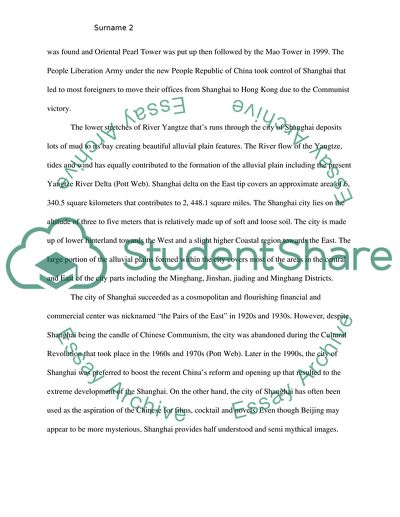Cite this document
(“Shanghai from Colonial to Postcolonial Research Paper”, n.d.)
Shanghai from Colonial to Postcolonial Research Paper. Retrieved from https://studentshare.org/geography/1690400-shanghai-from-colonial-to-postcolonial
Shanghai from Colonial to Postcolonial Research Paper. Retrieved from https://studentshare.org/geography/1690400-shanghai-from-colonial-to-postcolonial
(Shanghai from Colonial to Postcolonial Research Paper)
Shanghai from Colonial to Postcolonial Research Paper. https://studentshare.org/geography/1690400-shanghai-from-colonial-to-postcolonial.
Shanghai from Colonial to Postcolonial Research Paper. https://studentshare.org/geography/1690400-shanghai-from-colonial-to-postcolonial.
“Shanghai from Colonial to Postcolonial Research Paper”, n.d. https://studentshare.org/geography/1690400-shanghai-from-colonial-to-postcolonial.


